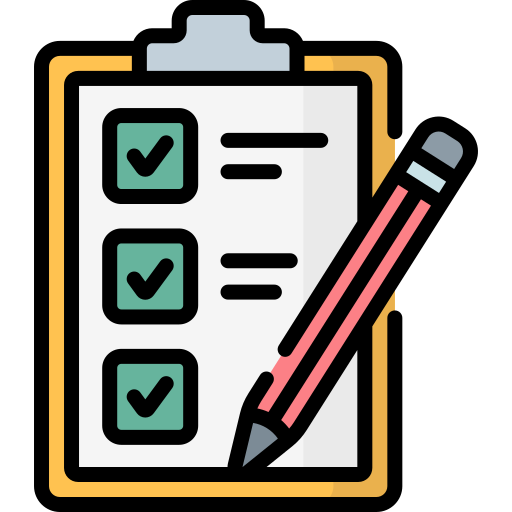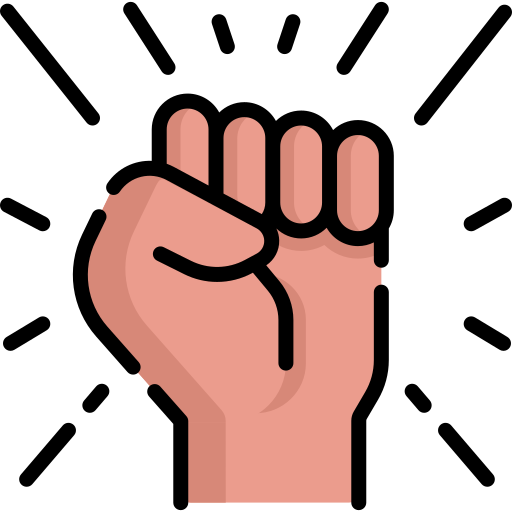Imagine this: you're all set for your first time as the team leader on a project. You delegate tasks within your team, set deadlines, and create a solid plan to evaluate progress. Everything is on track, until...CONFLICT!
 Image source: Pixabay
Image source: Pixabay
An important part of being a successful team leader is building the skills to navigate and resolve conflicts and ensure your team is set up for success.
Sharpen your conflict management skills by practicing conflict resolution styles and strategies.These will allow you to address conflicts and learn how to view them as constructive opportunities for growth.
What is Conflict Resolution? Why is it Important?
Conflict resolution is "the process of finding a solution to a disagreement between two or more people" to "minimize the negative factors" that lead to conflict.
 Image source: Pixabay
Image source: Pixabay
We live in a time whereteam-based organizational structures are commonplace. Each member comes with their unique personality, opinions, and working style. It is only natural that conflicts arise in such a diverse team!
Essential Skills
Here are some common conflict management skills to keep in mind, as you build your conflict resolution toolkit.

1. Active Listening and Empathy
Lead with empathy when approaching discussions about conflict.
Practice active listening by asking clarifying questions with all the conflicted parties.
Follow up to address lingering concerns and show your support for your team.

2. Professionalism
Don't take the conflict personally — it's not a sign of your shortcomings as a leader!
Model professional and respectful communication in your interaction and approach.
Stay solution-driven and promote a growth mindset for everyone involved.

3. Prevention and Early Intervention
Act early to resolve conflict, before it gets worse.
Prevention is better than cure! Equip your team with conflict resolution training.
Reach out for guidelines from your workplace HR department, or a university mentor.

4. Bring in a Mediator
Sometimes it's useful to have a neutral third party be a part of the resolution.
Consider asking an HR representative to act as a mediator.
If you need support, don't try to shoulder it all alone.

5. Create and Follow Protocols
Take the time to reflect on your values and who you are as a team leader.
Craft a conflict resolution strategy with your team's input.
Consult guidelines set down by your workplace or university. The last thing you want to do is make the situation worse by doing the opposite of what is expected of you.
Check out Job Doctor Tessa's TikTok below to learn 3 magic questions that help diffuse a high-tension conflict situation in your team.
Quiz
Julissa is a first-time team lead on an upcoming group project for her class. She wants to make sure she has the skills to be an effective leader in the face of conflict. What could she do? Select all answers that apply.
Choosing the Right Approach
The Thomas-Kilmann Conflict Model outlines 5 styles or approaches commonly used when met with conflict. Each of these can come in handy at different times:

1. Collaborating Style
Also called the"win-win"style
The team leader considers each team member's perspective
Valuable to foster team spirit and build strong workplace relationships
Example scenario:
Before starting a project, you collectively brainstorm a communication and conflict management strategy with the team. You discuss the strengths, personalities, and working styles of each team member. Together, you find possible roadblocks and co-create solutions.

2. Competing Style
Here, you're "playing the power card"
Uses authority to reject dialogue or compromise
Useful in times of limited time or resource availability
Example scenario:
It's the final day before a big presentation and the design team is conflicted on the direction to take with the visual elements. You need the deck to be completed ASAP for a practice run-through. As a team leader, you make the final call for the sake of time.

3. Compromising Style
All parties let go of some desires to agree on a common solution
Sometimes called a "lose-lose" situation
Useful when a middle ground is valuable and possible
Example scenario:
Your team disagrees on the venue for a networking gathering. While some want a professional atmosphere in a commercial venue, others are leaning towards a friendly atmosphere at a popular restaurant.
You lead a constructive conversation to discuss both options. The team ultimately selects a sophisticated cafe venue providing a formal yet friendly environment for the event.

4. Accommodating Style
Putting one team member's needs before other needs of the team or organization
Important when someone's health and safety are compromised
Example scenario:
A team member is going through a personal family emergency that is affecting their work. You empathize with them and temporarily reduce their workload, redistributing work to yourself and the rest of the team.

5. Avoiding Style
Reduces conflict by ignoring it or removing conflicted parties from the equation
Aligns with the strategy of "choosing your battles"
While this is a lesser-suggested style, it may be useful in the short-term, or if allows conflicts to be avoided without setbacks
Example scenario:
Two team members who worked closely on the last project didn't get along well, causing tension in the entire team and affecting workflow.
For the next high-stakes project, you find that you can easily restructure the working pairs to avoid the same conflict. You decide to revisit the issue when the pair have the time and bandwidth to approach the issue constructively.
Case Study: Put Your Conflict Resolution Skills to the Test!
Ryan is the new sales team leader at the Michael Scott Paper Company, and needs your help with a conflicting situation at work.

The Situation
Alicia and Farah are two members of the sales team. Alicia is excited about finally getting a big prospective client to come to the office for a meeting, and really wants to sign them on.
Unfortunately, the client arrived early, and Alicia was taking an extended break at the time. Farah is worried the client will leave, and fills in for Alicia. Their meeting ends with the client signing on with Farah!
Alicia finds out after she is back, and doesn't say anything but is visibly angry. Farah seems to sense it too, but doesn't address it.
Ryan's Challenge
Ryan, the team lead, wants to follow a collaborative conflict management style, but needs your help finding the right choice from the options below.
What should he do?

Ryan should ignore the tension between Alicia and Farah. Intervening would make the situation worse, and just a bit of time will help resolve the issue.

Ryan should take Alicia's feelings of anger into account and tell Farah to hand over the client at the next meeting. Alicia's anger sometimes gets the best of her.

Ryan should call for a meeting with Alicia and Farah to discuss the incident, hear out each other's perspectives, and together find a commonly agreed upon solution to the conflict.

Ryan should make the final decision that the client will be handled by both Alicia and Farah together. By making Farah and Alicia work together, Ryan feels the two can sort out any challenges.
Quiz
If Ryan wants to follow a collaborative conflict management style, which one of the options should he choose?
Take Action
Remember, a big part of being good at conflict management skills is reflecting on your strengths and areas of development as a leader, to grow in the direction you want to.

Use the following resources and ideas to help you reflect and develop your strengths as a leader:
Your feedback matters to us.
This Byte helped me better understand the topic.
